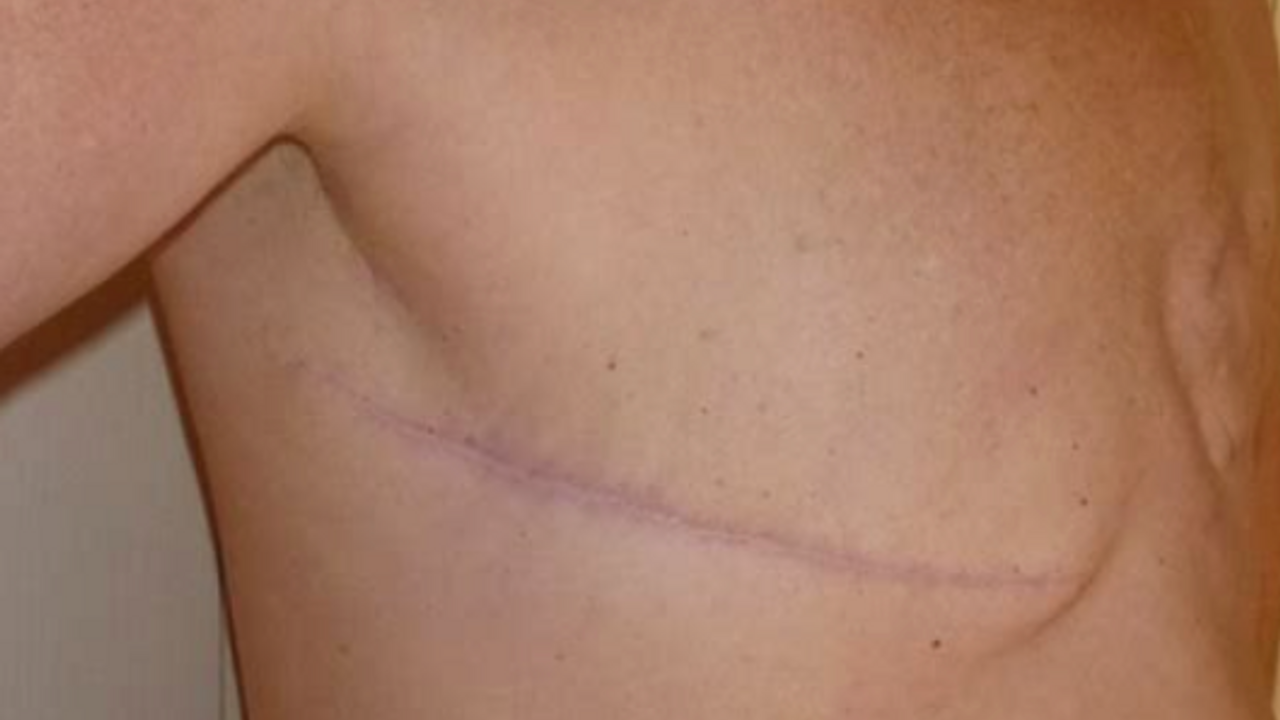
How long does it take a mastectomy incision to heal?
May 15, 2021Bearing in mind that people heal at different rates, and overall states of health (aside from the cancer part, of course!) prior to your cancer diagnosis can influence how fast your body heals.
Of course, there are some general guidelines that are quite consistent, and that is what we will focus on in this blog.
Scar tissue healing after mastectomy
Scar tissue starts forming almost right away. Within hours the fibroblasts that lay down new tissue start doing their work, and the body attempts to knit the skin back together as soon as possible.
There are different stages to scar tissue healing that are useful to know, and they are as follows:
Weeks 1-2 following mastectomy surgery:
Scars are very new. They will likely still be wrapped in tape, bandages and kept dry and free from bacteria. They are able to separate and pull apart at this stage because the dense scar tissue has not had a chance to form yet.
Massage to scars should be avoided in this early stage, and instead circulatory techniques to the surrounding areas is encouraged to increase blood flow and circulation to nearby tissues, thereby enhancing circulation to the area around the scar.
Why is this important?
Most of the cells responsible for tissue regrowth are delivered in the blood. Cell responsible for taking away dead and broken tissues are also in the blood, so bringing blood flow to the surrounding area can help with both forming new tissue, and clearing out old debris.
Weeks 3-4 following mastectomy surgery:
Depending on the severity of your incision, at this point, the scar tissue is becoming firmer. It is still too early to be doing direct work to it, but you may not have the full bandages on anymore.
Tape over the scars may still be present for many weeks to come. This is to help the scars grow flatter, rather than bulging up over the level of your skin too much.
Again, massaging around the scar to improve circulation and nerve firing is helpful.
Weeks 5-6 after mastectomy surgery:
At this point, the scar tissue has become strong enough to start doing some direct massage to it, whether that massage is done by yourself or your healthcare professional.
Some gentle kneading with your fingertips can help soften the scar but be sure to warm the area up first with some broad, gentle strokes, so you are not "shocking" the scar by diving right into it. Too much too fast is not a good idea.
Our "Living with a mastectomy" program teaches you how to self-massage and manage scar tissue with beginner-friendly techniques that are easy to learn. You can access it here.
Weeks 7-8 after mastectomy surgery:
Your scar should at this point be quite stable, though feelings of apprehension and "Is this thing going to tear open?" are still common. This is your body's way of telling you the area is still new, sensitive and to take care with your mastectomy incision.
Some gentle stretching of the scar, moving it between your fingers, picking it up and gently rolling it back and forth can be useful. Always work within your comfort level and take the "slow and steady wins the race" approach.
Trying to do too much too soon can have a kick-back effect, where your body recoils from the intensity of therapeutic intervention, and needs time to recuperate. It's better to go slow and build on success, than to try and move too fast, and consequently have to work to make up for lost ground if your body rejects the intensity.
If you want to know more about how to work with your post-mastectomy incision, take a look at our Mastectomy Guide programs, designed to make the recovery process faster, easier and more informed.



